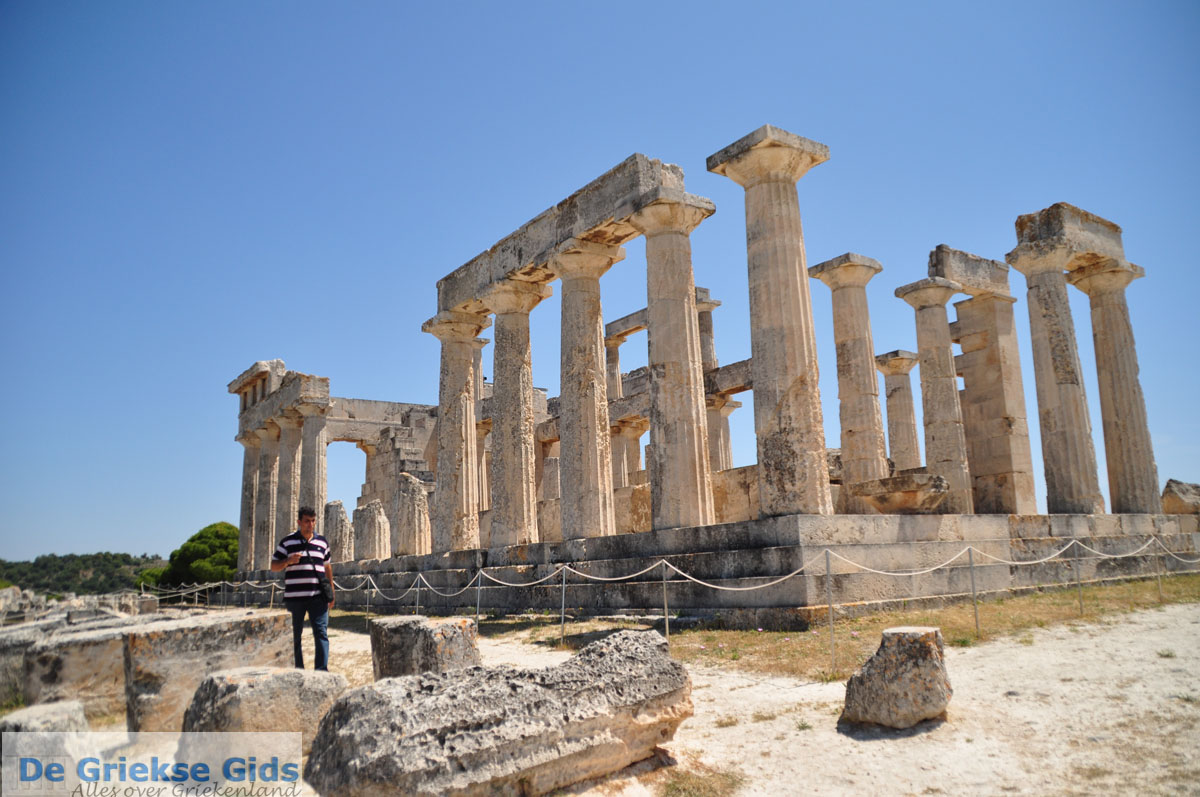
On a promontory jutting out to sea, a solitary column stands like a sentinel – the last bastion of an ancient temple dedicated to Apollo that once guarded the port. Old timers nurse Greek coffees in the traditional kafenia clustered around the fish market, where the silvery sardines and pearly katsoules (a tasty local razorfish) come straight off the fishing boats moored along the harbour.

Children on bicycles race along the waterfront, a strip of scruffily handsome neoclassical houses, while their parents gossip over cured anchovies in superb seaside ouzeri such as Skotadis and Petra. This vitality and diversity is obvious as soon you step off the boat into the port capital. There’s life all year-round and a lot of variety in relatively small distances.” “It’s small enough that you know a lot of people, but big enough that you keep discovering new places. “It’s not the most beautiful Greek island, but it is one of the most authentic,” says Isabelle Zigliara, a Parisienne who relocated to the island during the Covid-19 pandemic. Less photogenic (and a whole lot less expensive) than its glitzy Saronic neighbours, Aegina doesn’t have the cachet of Hydra or the glamour of Spetses. German second-homers have restored the pink stone houses in Pachia Rachi, the island’s prettiest village, and a coterie of French photographers, journalists, and film directors have become permanent residents.


Those who do come either hop over on a day cruise – or end up staying forever. Only an hour’s ferry ride from the Greek capital, Aegina is a classic weekend destination for Athenians but this accessible, unpretentious island is largely overlooked by foreign tourists.


 0 kommentar(er)
0 kommentar(er)
